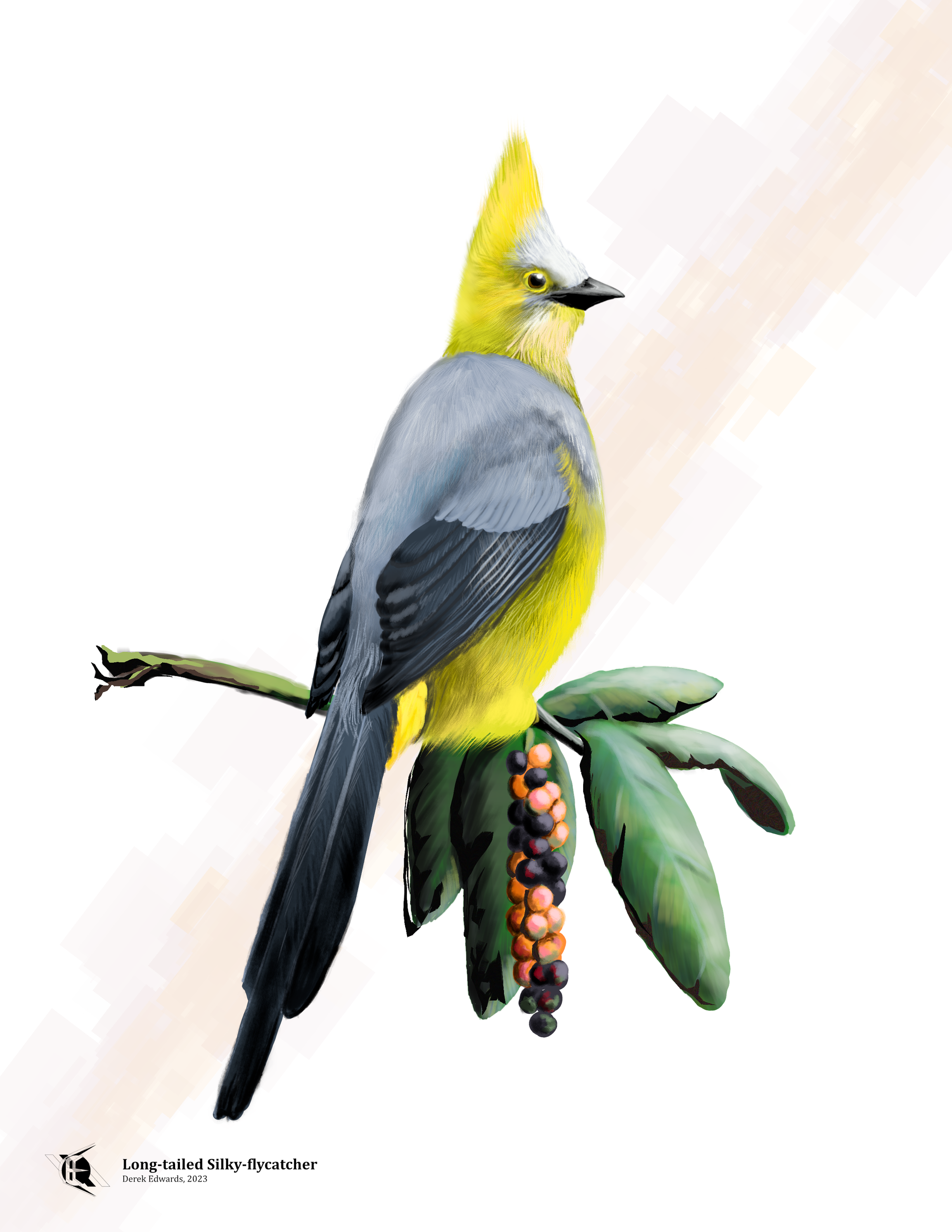
Running Commentary 11/13/2023
Hello,
No goldeneyes have shown up near me yet, but I did get the chance to see a couple of loons over the weekend. With the time change, I don't get much chance for birding after work, but there's a lot fewer birds to see this time of year anyway.
Anyway...
Watching...
Loki
Once again, I must apologize that I did not catch the latest Loki. It's not for lack of interest; I'm still eager to see it. But I don't want to be stuck writing half-formed thoughts in the middle of the night for you here. I should have it watched, and have notes on it and the season as a whole, ready by next week.
BattleBots

The second Golden Bolt championship was a showcase for the sport. I was surprised and saddened to see Ripperoni lose out due to a poorly-installed wheel; they deserved better than that. Whiplash also deserved better than to lose use of its weapon from the beginning. End Game won, as I expected. That they had an entire magnesium-chassised bot built just in case they had to fight Sawblaze, and Whiplash's and Ripperoni's losses, illustrate the role funding plays in this sport. It's often not enough to simply build a good bot and show up; you need spares to make it through a tournament run.
All in all, thoughout this second Champions series, a lot of bots were giving it their all to win. There's still no announcement for when the 8th World Championship will be held, much less aired, but when it does air, expect to hear about it here.

Bird of the Week
I'm sometimes asked if I worry about running out of birds. I've featured a new bird every week most weeks for the past three years, after all. That's a lot of birds. Sure, there's over ten thousand species of birds, but it seems like half of those are the same gray-and-white flycatcher over and over again. On the other hand, sometimes there are places, like Costa Rica, with so many birds that I feel like I could spend the rest of my life drawing them and never finish them all. For instance, this week's bird, the Long-tailed Silky-flycatcher.
Silky-flycatchers are not a well-known sort of bird; their most recognized member, the phainopepla, is known by its Latin genus name, which gives an idea how little people mention it. All silky-flycatchers are found in Central America. There are only four species in the family, whose closest cousins are the waxwings. like waxwings, silky-flycatchers survive on a diet of fruit, largely berries and insects, caught on-the-wing.
The long-tailed silky-flycatcher (which, as I'm writing this, I must say is also a long-named silky-flycatcher) is found in open woodlands in the hilly country of inland Costa Rica and western Panama. Much of what is known about the species comes from the work of Alexander F. Skutch. Skutch was a Maryland-born naturalist and writer who, while studying plant diseases in banana farms, developed a deep love of the neotropics, and especially of neotropical birds.1 In 1963, he spent a season at a Costa Rican dairy farm to observe a local flock of long-tailed silky-flycatchers. The result was a fifty-two-page article in The Auk, a prominent ornithological journal. Therein he described the construction of their nests (done by both the male and the female working together, in an area which they did not previously claim as theirs but which they would half-heartedly defend after the nest has been built), the laying and incubation of their eggs (laid in broods of two, and which the female keeps warm even, as Skutch observed personally from under an umbrella, during heavy thunderstorms), their diet (insects and berries, especially those of the fiddlewood plant, which I have drawn here), and their response to ash sprayed over their habitat by nearby Irazú, a volcano that erupted multiple times during the early '60s (the birds seemed to delay their nesting until the ash cleared).2 I could summarize more but you might as well read the whole thing if you're interested.
Skutch died in 2004; shortly before that, he gave a sum of money to the Association of Field Ornithologists, a very old-school, hands-on sort of scientific society who used the money to establish the Pamela and Alexander F. Skutch Research Grant, an annual $10,000 prize for the best in-the-field research into the life history of a little-known neotropical bird.3
Silky-flycatchers are named for their soft, sleek feathers, another trait they share with waxwings. The English "silk" comes from the Greek sērikos, the name of a cloth made by a people the Greeks called Sēres, who are now generally agreed to be the Chinese. 4,5 China has long been the source of silk; the secret of its production, that it was made from the cocoons of an insect larvae, was a closely guarded secret for centuries.
The Spanish name for the long-tailed silky-flycatcher is capulinero colilargo, literally the long-tailed dweller in Mexican black cherry trees.6 To science, the bird is Ptiliogonys caudatus, or the "long-tailed feather-knee", a reference to the bright white tibial feathers of the related gray silky-flycatcher.7
- “Alexander Skutch | The Independent.” The Independent, June 13, 2004. https://www.independent.co.uk/news/obituaries/alexander-skutch-730566.html.
- Skutch, Alexander F. “Life History of the Long-Tailed Silky-Flycatcher, with Notes on Related Species.” The Auk 82, no. 3 (July 1, 1965): 375–426. https://doi.org/10.2307/4083119.
- “Skutch Grant – Association of Field Ornithologists.” https://afonet.org/grants-awards/skutch-award/.
- “Silk.” Merriam-Webster Dictionary, November 1, 2023. https://www.merriam-webster.com/dictionary/silk.
- “Definition of Sericeous.” Merriam-Webster Dictionary, n.d. https://www.merriam-webster.com/dictionary/sericeous.
- Chu, Miyoko. “Long-Tailed Silky-Flycatcher (Ptiliogonys Caudatus), Version 1.0.” birdsoftheworld.org (2020). https://doi.org/10.2173/bow.ltsfly1.01species_shared.bow.project_name.
- Jobling, J. A. (editor). The Key to Scientific Names in Birds of the World (S. M. Billerman et al. editors), Cornell Laboratory of Ornithology, Ithaca.
Curation Links
Pew Problems | Lyman Stone, Asterisk
An interview with a demographer about the difference between measuring religion and religiosity.
Test of Time | Samuel Johnson, Lapham's Quarterly
"From an article in The Rambler. Johnson wrote all but four of The Rambler’s 208 anonymous essays during the periodical’s existence, from 1750 to 1752. The twice-weekly twopenny sheet sold poorly, but the essays were a success after being published in several volumes. 'To remember and to recollect are different things,' Johnson once said to his biographer James Boswell, after the latter had leaned back in a chair, forgetting that one of the legs was broken. 'A man has not the power to recollect what is not in his mind, but when a thing is in his mind, he may remember it.' Johnson concluded that 'its being broken was certainly in your mind.'"
In Defense of the Rat | J. B. MacKinnon, Hakai Magazine
“If the rat was not the bête noire of the Black Death; if it poses a low risk of disease in many places, and, where it is poses a higher risk, is a better reflection of how poorly our societies care for the vulnerable than the real dangers of the animal itself; if the rat is not aggressive or filthy; if the rat is not a shadow of our worst qualities but instead can reflect our best; and if—perhaps most important of all—we cannot win our cruel war against them, then an obvious question remains. What are we to do about rats?”
Dr. Wasp and Hornet Holmes | Lavie Tidhar, Nightmare Magazine
[FICTION] Sherlock Holmes pastiche set in a paper wasp hive. As a mystery it's a little lacking, but the solution is pretty clever and creepy, so it's still recommended.
See the full archive of curations on Notion







Member Commentary